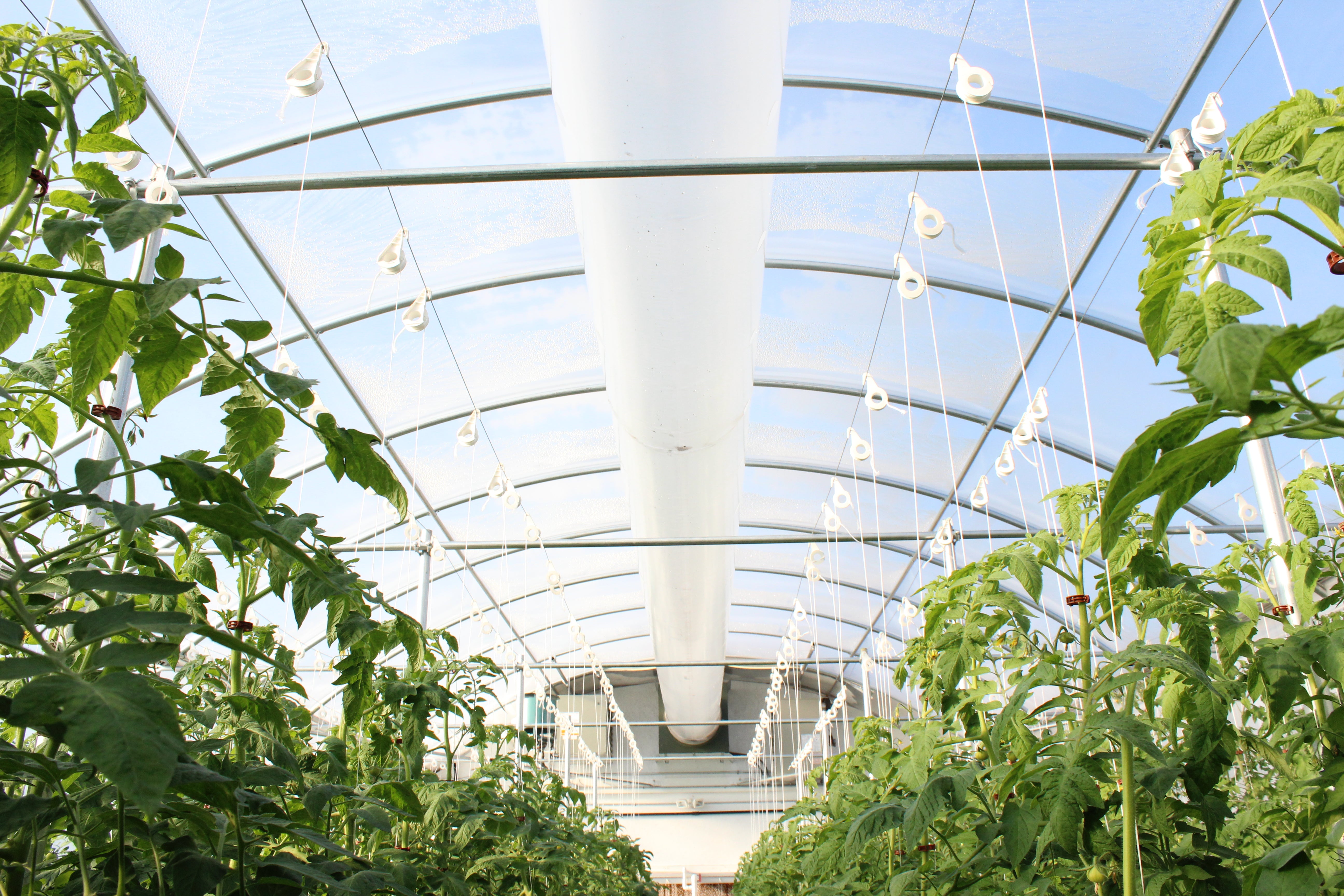Bumbling in the Greenhouse – All about the B’s

From the title you probably can guess what this week’s post is about. It is not about how I move around the greenhouse this time of year but rather my small employees that help with pollination. It’s all about the bee’s this week. After some work in the greenhouse the last couple of days I figured to share some insight on the little “helpers” that occupy the greenhouse even when I’m not there.
First let’s start with some facts. Currently there are about 20,000 known species of bees. Bees come in many sizes and shapes. They can also be broken down into social or solitary. Most people who think of bees think of the social species such as the European Honey Bee or the Bumble Bee. These social bees live in large hives with a queen and workers, and will swarm when the queen dies. Solitary bees such as Mason bees and Carpenter bees do not live in hives but rather in small holes or openings and some even dig holes in the ground to be used as a place to lay their eggs. These bees will forge for pollen to bring back and find a hole to lay their egg. The biggest difference between social bees and solitary bees is the division of labor. With social bees, only the female queen lays the eggs. In solitary bees, all females are fertile. Due to the behavioral habits and the ease of keeping the bees, social bees have been widely used for commercial purposes. There is research currently being done to use solitary bees for commercial purposes in the future.
Here at CropKing we use Bumblebees (Bombus spp.) from Koppert. These hives come in a cardboard box that includes a queen, workers, brood, and sugar water (as a source of food in the beginning). We recommend that the hives be placed on a flat surface away from the fans (near a vent or wet wall is best) with the hive about 1 to 2 feet above the ground. In the summer place the hive on the south side to benefit from the shadow of the crop over the hive to reduce the heat on the hive. In the winter do the opposite and place the hive in a spot where the hives gets the first amount of light. Make sure that the opening of the hive is clear of obstacles so the bees can find the entrance easily. The hives work best in temperatures of 59F to 86F with a relative humidity of 65%. Research has shown that relative humidity above 85% reduces the amount of brood (baby bees) that is produced in the hive. In cases when the relative humidity is to high the bees tend to spend their time fanning (moving their wings with other bees to regulate the humidity within the hive) and do not go out to forage in the greenhouse. Also, temperatures outside of the ideal range will prevent the bees from visiting the flowers. In doing some research for this post, I have found that CO2 concentrations also have an effect on the rate that brood are produced in the hive. That is why we recommend not to put the hives in location with a CO2 level of above 2000 PPM.
Of course if you have any questions do not hesitate to ask the staff here at CropKing to see if bees can be added to your operation. As for me, if I am not to “bee-sy” I’m happy to converse about our practices here in our greenhouse and how these bumblebees have helped our production.
Bonus History Fact: Bees have been used for pollination purposes since the Egyptians which records show keeping bees at home started as a common practice. The first hives were made out of straw baskets known as skeps.
Download a Bee Infographic from Buglogical!
pest disease management Greenhouse Bees
